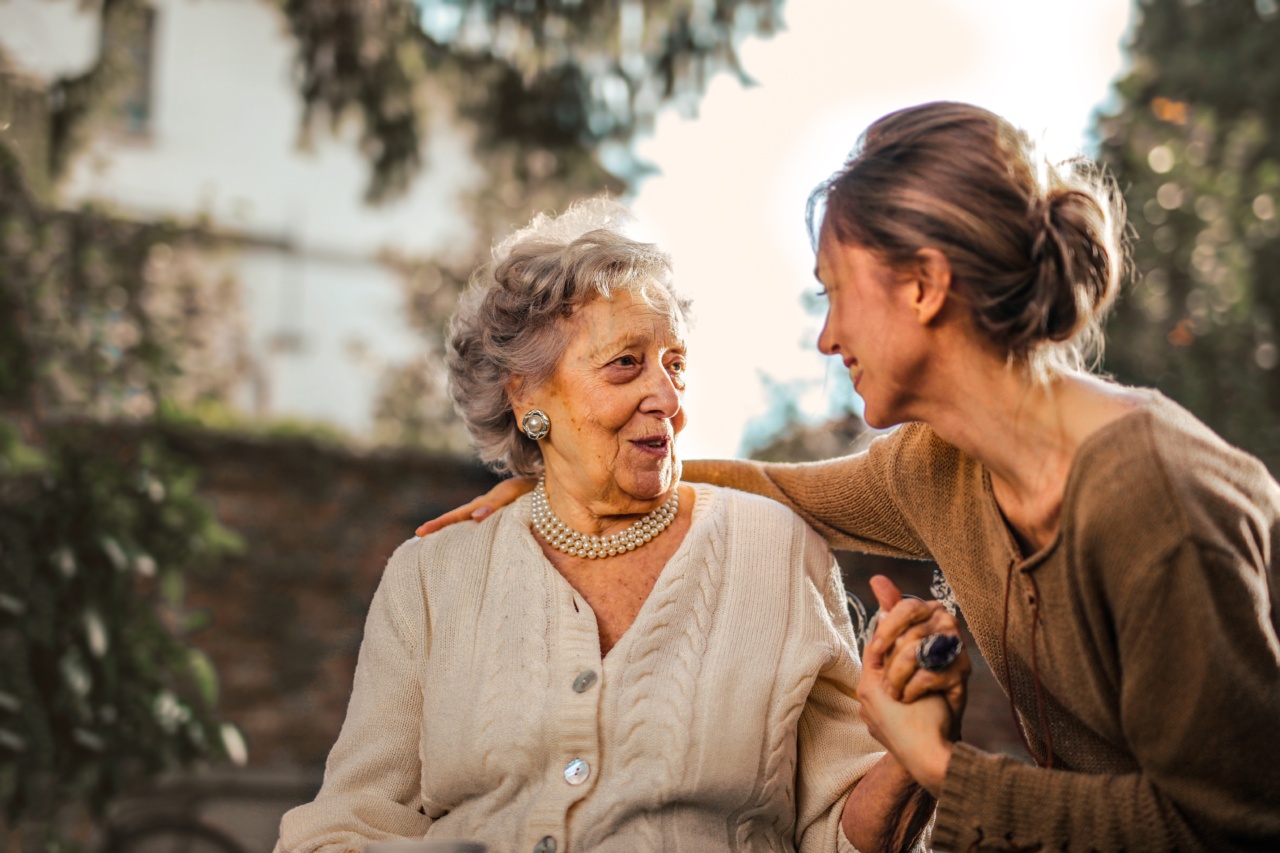There has been a growing concern over bone health among individuals, particularly women, due to the high prevalence of osteoporosis worldwide.
Osteoporosis is a condition characterized by weak and fragile bones, making individuals more prone to fractures and injuries. While there are many risk factors associated with osteoporosis, such as age, genetics, and lifestyle factors, recent studies have shown that social interaction may also play a critical role in bone health.
The Impact of Social Interaction on Bone Health
In recent years, researchers have been exploring the link between social interaction and bone health, particularly in women.
One study published in the Journal of Women’s Health found that social interaction was positively associated with bone mineral density (BMD) among women. BMD is a measure of bone strength, and lower BMD is associated with a higher risk of fractures and osteoporosis.
The study found that women who reported higher levels of social interaction had higher BMD, even after controlling for age, body mass index (BMI), and other known risk factors for osteoporosis.
The researchers suggest that social interaction may improve bone health by reducing stress levels, increasing physical activity, and providing a sense of community and support.
The Role of Exercise and Physical Activity
Another important factor in bone health is exercise and physical activity. Exercise has been shown to increase BMD and reduce the risk of fractures, which is important in maintaining good bone health.
However, social interaction can also play a role in encouraging individuals to engage in physical activity.
A study published in the Journal of Aging and Health found that older women who participated in a walking program with a group of peers had higher levels of physical activity and better bone health outcomes than those who walked alone.
The social interaction and support provided by the group helped to motivate participants to continue with their exercise plan and maintain better bone health.
The Psychological Benefits of Social Interaction for Bone Health
In addition to the physical benefits, social interaction may also have psychological benefits for bone health.
One study published in the Journal of Aging and Health found that social support was associated with higher levels of life satisfaction and better mental health among older women with osteoporosis.
Another study published in the Journal of Bone and Mineral Research found that social support was associated with lower levels of depression and anxiety among women with low BMD.
The researchers suggest that social interaction may help to reduce stress and improve overall well-being, which can have a positive impact on bone health.
The Role of Diet and Nutrition
In addition to exercise and social interaction, diet and nutrition also play an important role in bone health. Adequate intake of calcium, vitamin D, and other nutrients is essential for maintaining strong and healthy bones.
However, social interaction may also play a role in promoting healthy dietary habits among individuals.
A study published in the Journal of Nutrition Education and Behavior found that social support from family and friends was positively associated with healthy eating behaviors among women.
The Importance of Social Interaction in Women’s Health
It is clear that social interaction can play a critical role in bone health among women, both physically and psychologically.
By providing a sense of community and support, social interaction can help to reduce stress levels, improve physical activity levels, and encourage healthy dietary habits, all of which are important in maintaining good bone health.
While social interaction should not be relied upon as the sole method of maintaining bone health, it can be an important factor in a holistic approach to bone health.
Women should be encouraged to engage in social activities and build strong social connections throughout their lives.
Conclusion
The link between social interaction and bone health is an important area of research that has gained increasing attention in recent years.
Studies have shown that social interaction can have a positive impact on bone health in women, both physically and psychologically. By promoting physical activity, reducing stress, and encouraging healthy dietary habits, social interaction can play an important role in maintaining good bone health throughout a woman’s lifetime.































